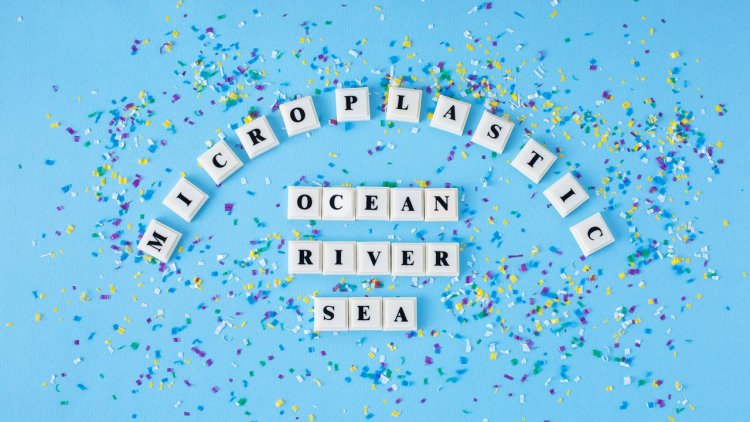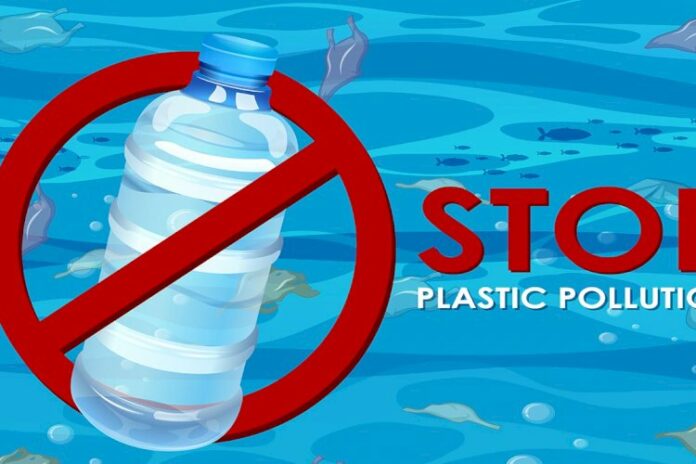Microplastics are a growing global concern, with much research looking at their transport in the environment and potential effects on ecosystems and human health. One aspect of plastic waste which may have health implications is the presence of biofilms – a layer of microorganisms which collect on their surface. When plastics end up in water bodies they can be transported over large distances, taking their ‘plastisphere’ community of microbes with them.
Despite such concerns, there remain research gaps around how this microbial community changes with environmental stressors, as it moves through freshwater to the sea, and the extent to which pathogens potentially harmful to human and animal health are harboured on water-borne plastic.
French researchers embarked on a seven-month mission on a boat traversing nine major European rivers, including the Seine and the Rhine, from the sea to a point upstream of the first heavily populated city on each river. They sampled water at four or five points along a salinity gradient on the rivers, then sub-sampled to analyse nutrients, particulate matter and bacterial diversity. They also collected microplastics using a special mesh trawl, analysing these to identify the species present in the plastisphere, their virulence and ability to form biofilms.
To explore the bacterial colonisation of microplastics in the same waters, a month prior to the arrival of the boat, a land-based group placed pristine polyethylene, polyoxymethylene and nylon mesh in secured cylindrical cage structures, which the scientists on the boat then collected a month later.
The team extracted all microplastics in the study using alcohol and flame-sterilised forceps before immediately freezing them in liquid nitrogen until DNA extraction, to avoid the risk of contamination. They carried out DNA sequencing of all the bacteria sampled and used an infrared spectrometer to analyse the composition of the sorted microplastics they recovered. They looked at bacterial communities in each river separately, paying particular attention to the colonisation of potentially harmful species such as those that may cause toxic algal blooms, illness in humans, and fungi.
From their analyses, the scientists found that bacterial communities on microplastics were highly distinct when compared to free-living bacteria and those attached to organic particles in surrounding waters.

Crucially, their data also uncovered distinct communities on microplastics in freshwater and the sea, with estuaries differing from both. Marine microplastics harboured significantly lower richness, evenness and diversity in their bacterial communities than those from rivers. They identified the potential pathogen genera Aeromonas, Acidovorax, Arcobacter and Prevotella in freshwater samples, but not in the sea; while Vibrio1 was the dominant pathogen in the sea. They found no pathogen transfer between the two.
This evidence highlighted what the scientists described as a “strong selective pressure exerted between freshwater and marine environments,” representing a limit to the dispersal of microorganisms from freshwaters to the sea as part of the plastisphere.
The potential risks of bacteria travelling on microplastics was underlined by the team recording the pathogen Shewanella putrefaciens on microplastics for the first time, exclusively in river water. Although rare, S. putrefaciens can infect humans, causing intestinal, skin and soft tissue disease. However, the salinity barrier identified in the study suggests that the chance of such pathogens travelling from rivers to the sea is low.
The approaches used in the study recovered microplastics which would be typically expected in the watercourses, with polyethylene the dominant component, accounting for 45% of what was found and polypropylene the second most recovered, at 12%. The researchers found the chemical composition of polymers did not significantly affect the plastisphere community, although previous work has suggested a link2. The researchers suggesed this may be due to those studies looking at long-term colonisation, rather than sampling directly from the environment.



